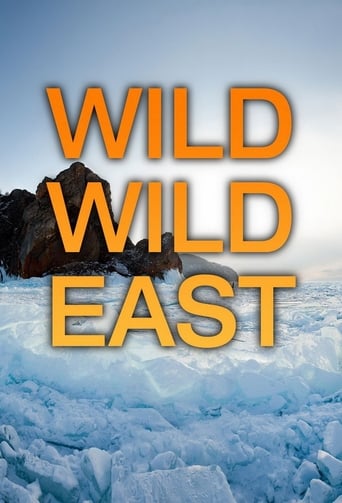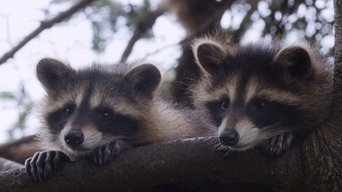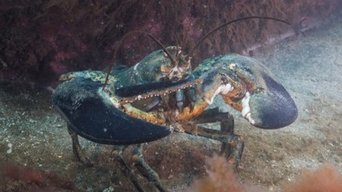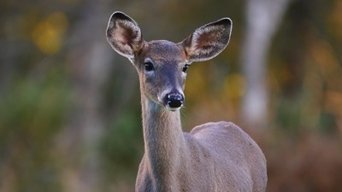Wild Wild East (2016)
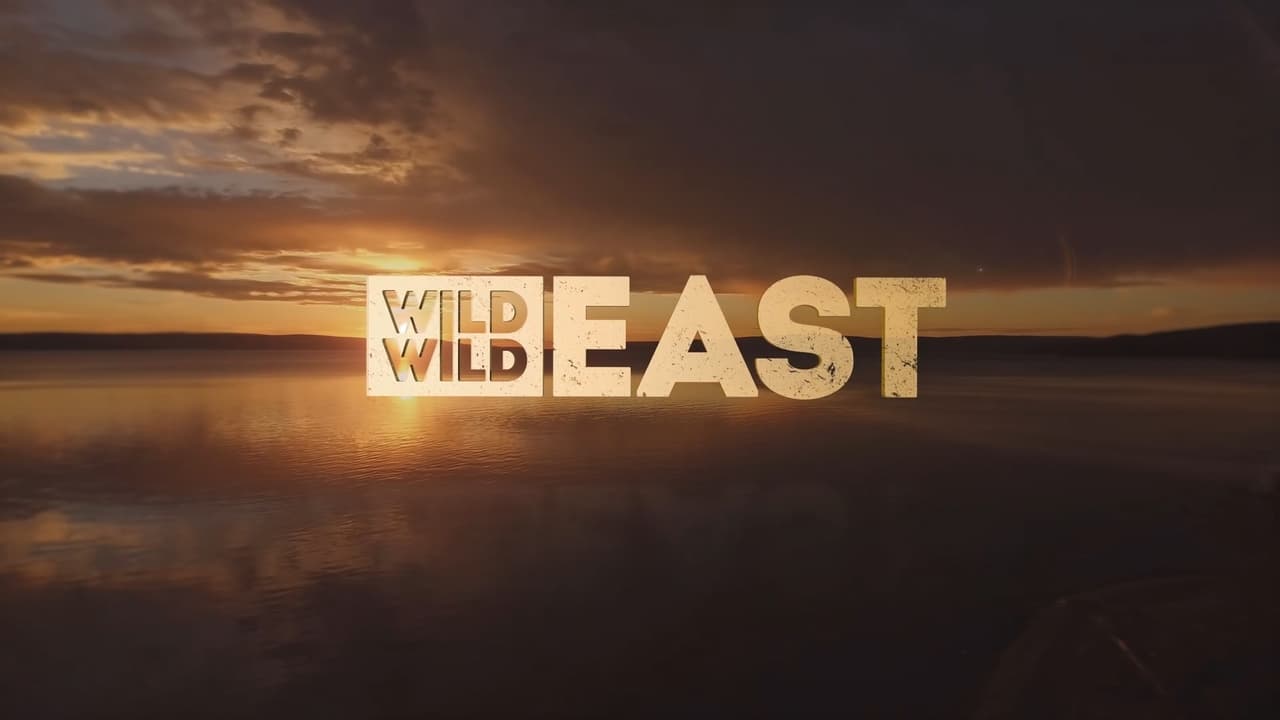
Using the latest in technology, this series journeys to the North American maritime woods and waters, a legendary land-of-plenty that is unrivaled in natural beauty, wildlife and rough-hewn diversity on an epic scale. More than twice the size of the UK, though with only 3% of the human population, it’s a world where wildlife runs strong and free.
Watch NowWild Wild East
2016


Using the latest in technology, this series journeys to the North American maritime woods and waters, a legendary land-of-plenty that is unrivaled in natural beauty, wildlife and rough-hewn diversity on an epic scale. More than twice the size of the UK, though with only 3% of the human population, it’s a world where wildlife runs strong and free.
Seasons & Episode
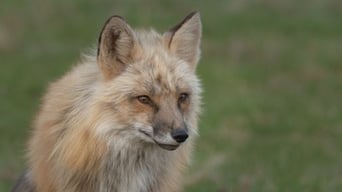
Red foxes have made a home on the jagged coast of Canada's eastern shore--right in the midst of their human neighbors. Burrow deep into this one-of-a-kind ecosystem on Prince Edward Island and learn about how its foxes continue to defy the odds of urban encroachment.

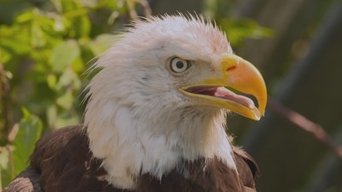
Fly above the waters of Bras d'Or Lake on Canada's eastern shore, where the bald eagle reigns supreme as an apex predator. Despite its exalted standing, another bird--the osprey--competes for prey in a fascinating duel for survival and dominion.


Along the jagged coast of Nova Scotia, the rise and fall of the tide in Duncan's Cove and the Bay of Fundy provides food and refuge for a plethora of creatures. Peek into this delicate and diverse ecosystem of wild seals, native herons, and migratory sandpipers.

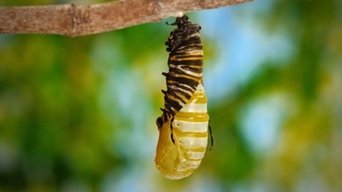
Embark on a trip to Nova Scotia's Annapolis Valley, where two very different insect species showcase their expert pollination skills: honey bees rely on organization and group efforts to find food, while monarch butterflies travel great distances to lay their eggs.


In the Acadian forests of the Cape Breton woodlands, a combination of human encroachment and unchecked moose, beaver, and moth activity have tipped the ecological balance to an unsustainable level. Can efforts to preserve this Canadian paradise pay dividends or is it too little, too late?

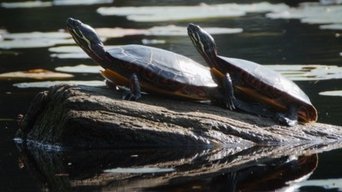
In Nova Scotia, a rich network of wetland habitats provides the optimal conditions for amphibian and reptile species to thrive--including Blanding's turtle, one of the rarest on Earth. Learn about the extensive efforts in place to protect them from threats like climate change, habitat loss, and predation.

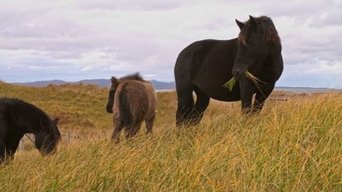
Five hundred years ago, French colonists arrived on the Canadian island of Langlade and brought horses with them. Today, the descendants of this original herd are the semi-feral rulers of this French territory, running and grazing freely across the island's abundant pastures. Gallop along as we follow the unusual lives of these iconic equines.

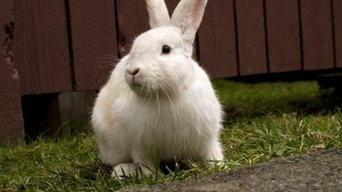
Who knew that 100 starlings introduced to New York City's Central Park in 1890 would explode into 200 million a century later? Journey across the wild North American coast as we examine the impact these birds, and other invasive species, have had on their environments.

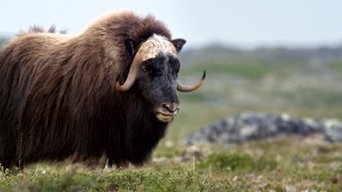
On Canada's east coast, the changing seasons offer a stern test for all, from the arctic-ready muskoxen of north Quebec, with their thick qiviut coats, to the woodland caribou of Gros Morne whose resistance to snow blindness helps them find food in the whitest terrain.

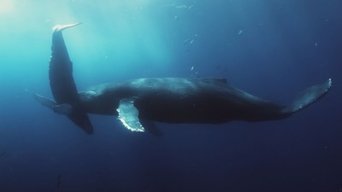
Whether it's a humpback whale guiding a calf on an 8,000-mile journey to the Bay of Fundy, or the long aerial journeys of Canada geese heading north to nest, some of the world's greatest migrations count the east coast of Canada along their route. Join us as we peek into the lives of these peripatetic protagonists.

Using the latest in technology, this series journeys to the North American maritime woods and waters, a legendary land-of-plenty that is unrivaled in natural beauty, wildlife and rough-hewn diversity on an epic scale. More than twice the size of the UK, though with only 3% of the human population, it’s a world where wildlife runs strong and free.
Watch Trailer
Free Trial Channels


